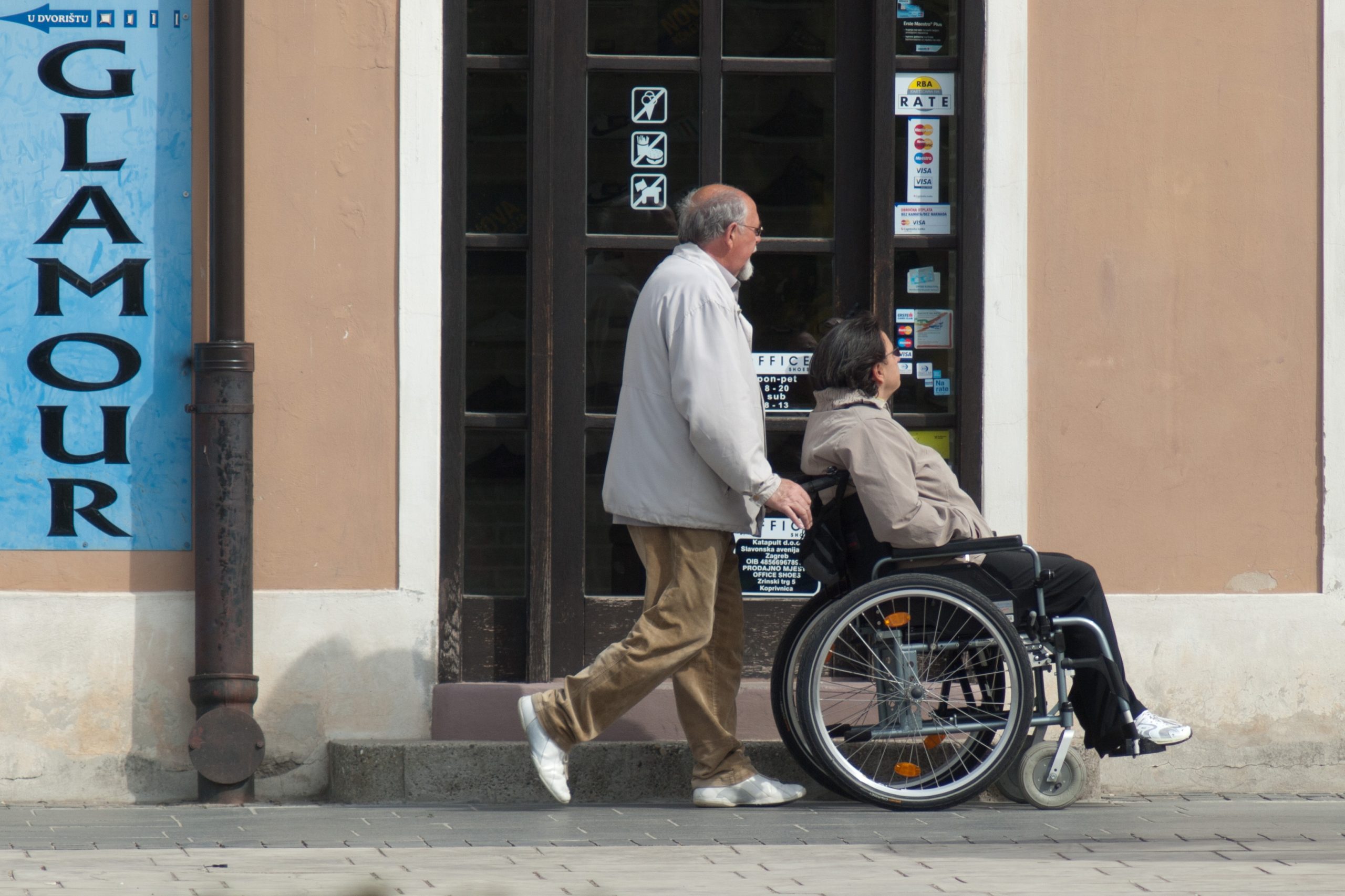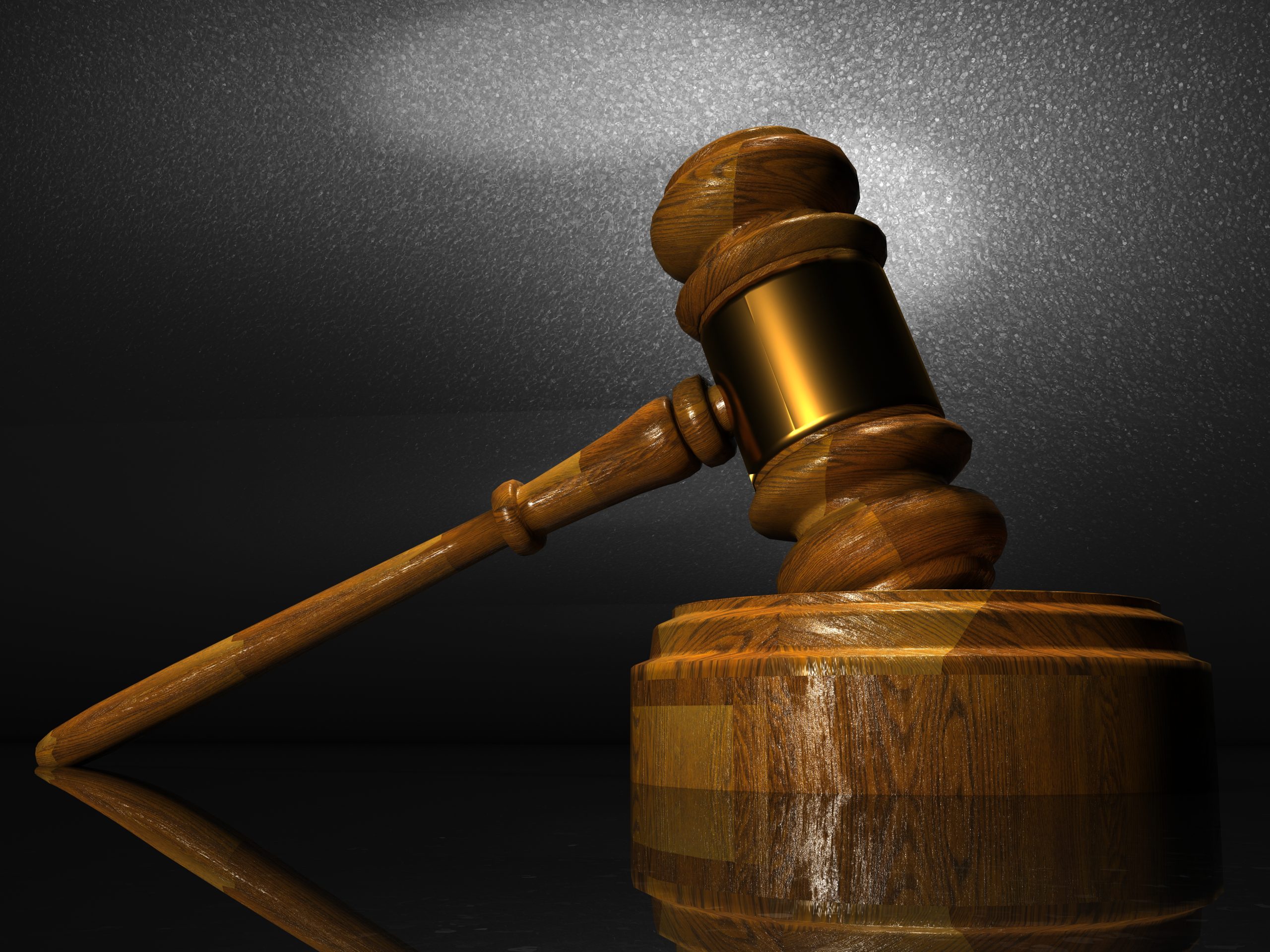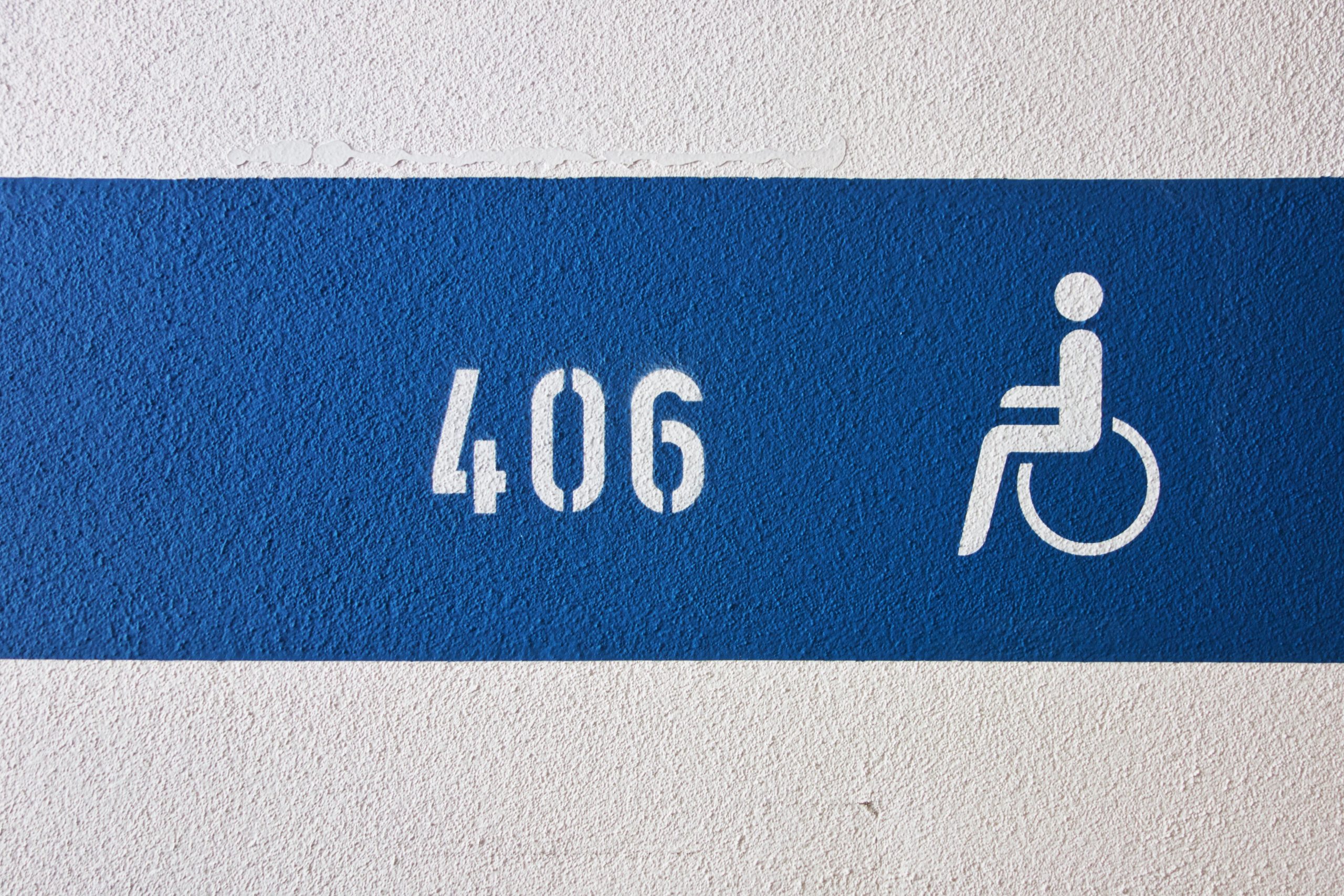 Personal injury lawsuits can be complicated, especially when they involve injuries sustained while shopping. Mary Mason found herself in this situation at a Burlington store in Lafayette, Louisiana, when a chair collapsed as she sat on it, causing her to fall and sustain injuries. Despite suing Burlington and claiming negligence, her case was dismissed due to a lack of evidence. This case highlights the importance of having experienced legal counsel to guide you through the lawsuit process. It also answers the question, what is Res Ipsa Loquitor?
Personal injury lawsuits can be complicated, especially when they involve injuries sustained while shopping. Mary Mason found herself in this situation at a Burlington store in Lafayette, Louisiana, when a chair collapsed as she sat on it, causing her to fall and sustain injuries. Despite suing Burlington and claiming negligence, her case was dismissed due to a lack of evidence. This case highlights the importance of having experienced legal counsel to guide you through the lawsuit process. It also answers the question, what is Res Ipsa Loquitor?
Mrs. Mason and her husband visited the Burlington store in Lafayette on Ambassador Caffery Parkway. While Mrs. Mason waited in the car, her husband entered the store. After waiting for some time, Mrs. Mason entered the store to find her husband. As she walked by a chair display, she decided to test out one of the chairs on the platform. Unfortunately, as Mrs. Mason sat down, the chair collapsed, and she fell and hit the platform. She was on the phone with her husband at the time.
A store manager and Mr. Mason entered the area where Mrs. Mason fell. They determined Mrs. Mason’s fall was due to no screws in the chair’s back legs. The store manager removed the faulty chair, so the Masons took photos of it. Mrs. Mason also signed an incident report before leaving the store.
 Insurance Dispute Lawyer Blog
Insurance Dispute Lawyer Blog


 You think that when you’re being taken care of by hospital personnel, you are in safe hands and do not have to fear for your safety. However, if you are injured when being moved from a hospital cart to your bed, can you claim negligence based on
You think that when you’re being taken care of by hospital personnel, you are in safe hands and do not have to fear for your safety. However, if you are injured when being moved from a hospital cart to your bed, can you claim negligence based on  When tragedy strikes, seconds matter. Any delay to the emergency response network can cost lives and livelihoods. When a train runs through an intersection, all activity has to yield to that train. What follows is the calamitous story of how a train may have prevented EMS from responding to a fatal accident. It also helps answer the question; Can a train be held liable for the delay in emergency services?
When tragedy strikes, seconds matter. Any delay to the emergency response network can cost lives and livelihoods. When a train runs through an intersection, all activity has to yield to that train. What follows is the calamitous story of how a train may have prevented EMS from responding to a fatal accident. It also helps answer the question; Can a train be held liable for the delay in emergency services? Losing a loved one is hard enough. What happens, however, when multiple people claim they have a right to the same property the decedent owns at the time of their death? Cases involving multiple parties and claimants can get tricky, especially when one claimant was the decedent’s spouse and the other was their descendant, as was the case in the following lawsuit.
Losing a loved one is hard enough. What happens, however, when multiple people claim they have a right to the same property the decedent owns at the time of their death? Cases involving multiple parties and claimants can get tricky, especially when one claimant was the decedent’s spouse and the other was their descendant, as was the case in the following lawsuit.  Winning a lawsuit against an employer can be challenging. Employees are often transient, while the employer is an anchor in their community. Employer responsibility for an employee’s negligent action requires significant factual evidence. In a recent case out of St. John the Baptist Parish, a missing former employee and a lack of facts prevented the injured party from winning.
Winning a lawsuit against an employer can be challenging. Employees are often transient, while the employer is an anchor in their community. Employer responsibility for an employee’s negligent action requires significant factual evidence. In a recent case out of St. John the Baptist Parish, a missing former employee and a lack of facts prevented the injured party from winning.  Most adults fear the day that they will need to rely on the care of another to function. Unfortunately, the rampant negligence and mistreatment only exasperate this fear throughout the nursing home and hospice industry. Small mistakes by caregivers are normal and almost expected, yet, Shirley Marzell faced severe injuries after her caregivers improperly secured her to a wheelchair lift.
Most adults fear the day that they will need to rely on the care of another to function. Unfortunately, the rampant negligence and mistreatment only exasperate this fear throughout the nursing home and hospice industry. Small mistakes by caregivers are normal and almost expected, yet, Shirley Marzell faced severe injuries after her caregivers improperly secured her to a wheelchair lift. Imagine being on a jury – everything you hear has gone through a process of admittance to be used as evidence during the trial. What the jury is told often plays a role in what the jury thinks of the parties and how it assigns blame amongst them. The following lawsuit explores what happens when a defendant challenges the admittance of a piece of evidence it believes unfairly swayed the jury against it. It also helps answer the question; can a litigant exclude evidence in a car accident lawsuit?
Imagine being on a jury – everything you hear has gone through a process of admittance to be used as evidence during the trial. What the jury is told often plays a role in what the jury thinks of the parties and how it assigns blame amongst them. The following lawsuit explores what happens when a defendant challenges the admittance of a piece of evidence it believes unfairly swayed the jury against it. It also helps answer the question; can a litigant exclude evidence in a car accident lawsuit? Personal injury cases can often drag out for years in a confusing manner. This is especially true when there are disagreements about the proper venue and subject matter jurisdiction. A recent appeal discussed below tackles the challenges of dismissal of actions due to a lack of jurisdiction and the timing requirement of prescription.
Personal injury cases can often drag out for years in a confusing manner. This is especially true when there are disagreements about the proper venue and subject matter jurisdiction. A recent appeal discussed below tackles the challenges of dismissal of actions due to a lack of jurisdiction and the timing requirement of prescription. When injured on the job, your doctor knows best until you get a second opinion. While your primary care doctor may advise you to recover instead of resume working right away, if you get a second opinion that finds you capable of working, that second opinion can trump your primary care doctor’s opinion.
When injured on the job, your doctor knows best until you get a second opinion. While your primary care doctor may advise you to recover instead of resume working right away, if you get a second opinion that finds you capable of working, that second opinion can trump your primary care doctor’s opinion.  When you are injured on the job, it’s not always your employer’s or fellow employee’s fault. If you are injured while working by a third party, there are rules to follow when settling your claims. Following those guidelines is important because if you don’t, you may alter the workers’ compensation benefits owed to you.
When you are injured on the job, it’s not always your employer’s or fellow employee’s fault. If you are injured while working by a third party, there are rules to follow when settling your claims. Following those guidelines is important because if you don’t, you may alter the workers’ compensation benefits owed to you.